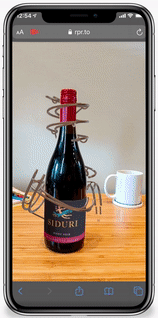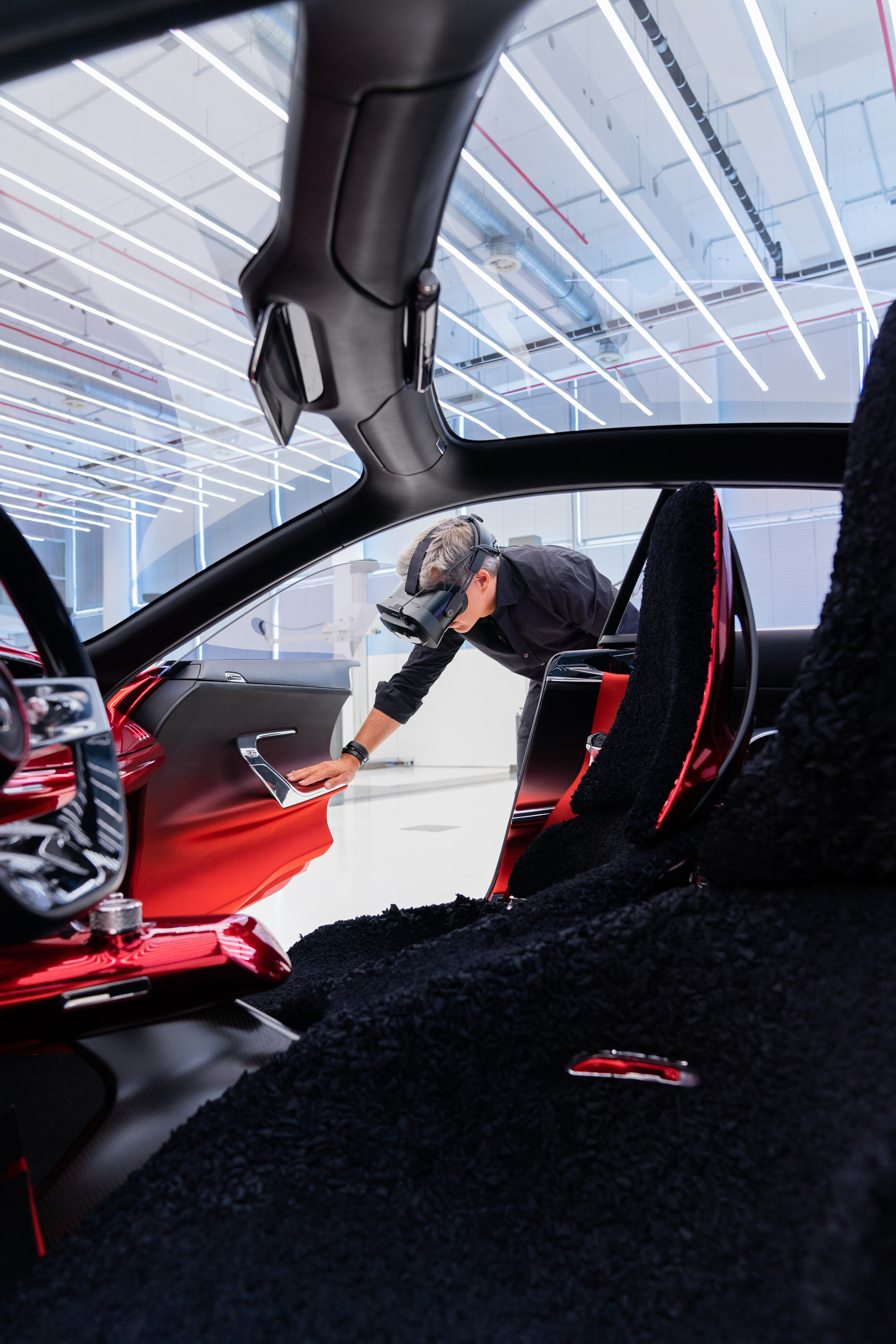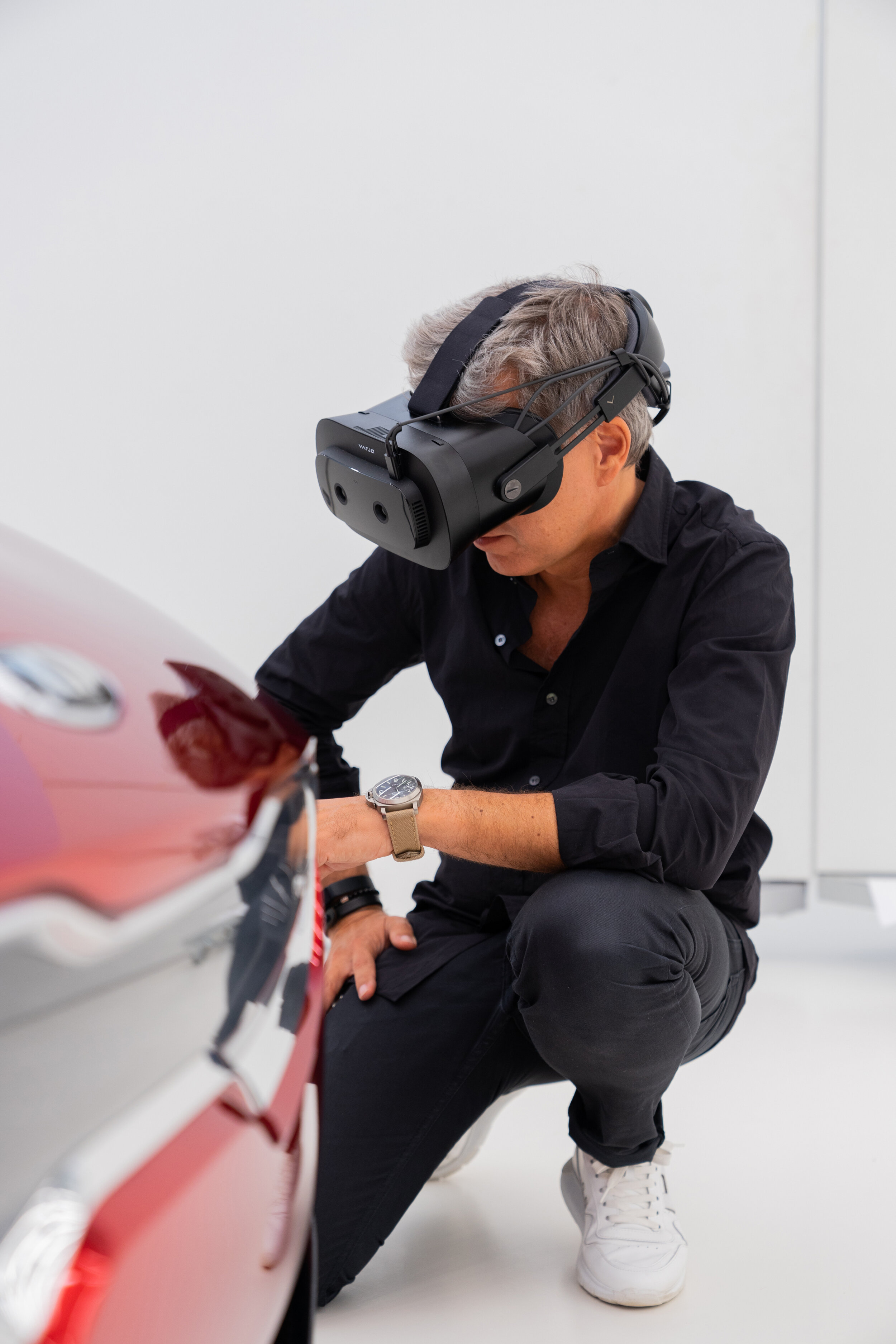Here are some of the Sessions, Speakers, and Exhibitors related to ENTERPRISE during our VR/AR Global Summit ONLINE Sept 30-Oct 2.
Enterprise Program Highlights
HP Keynote Announcement: Driving the Next Evolution of VR
Scaling Enterprise AR and VR Solutions: A “Fireside-Chat” with Lenovo’s Nathan Pettyjohn and Bridgestone Americas’ Brian Robinson, Moderated by Mike Boland. A discussion how AR & VR are showing strong ROI for enterprises.
The New Golden Age of Insight - will explain the benefits realized at immersive product verification in a globally connected, cross-functional team.
Southern Company Presents Narrative VR Experiences for the Enterprise - Do Narrative Experiences belong in the enterprise workplace? What are the challenges in creating them?
Creating a Roadmap for Building, Scaling & Integrating a VR Training Program into Your Enterprise. This talk will help you to understand some of the key factors you need to be aware of when considering how to implement VR training programs.
HP Presents: New VR Innovation Panel
Foundry 45 Presents: Enterprise VR Training in the New Normal. Recent events have altered the landscape of enterprise VR training.
VRARA Enterprise Committee Panel - we will present our latest Enterprise Industry Report and best case studies
Speed Dating so you can network 1-on-1 with people that match your profile and interests!
Group networking sessions for like-minded folks
See Schedule here
Featured Speakers
Elizabeth Baron, Enterprise Solutions Executive, Unity Technologies
Aaron Ydenberg, Policy Analyst - Business Engagement at Office of Small and Medium Enterprises, Public Services and Procurement Canada (PSPC)
Ronan Kelly, Global Digital Manufacturing Senior Manager, Pfizer
Brian Parzer, Training Product Manager, Lufthansa Cargo
Michael Spiess, XR Lead, SAP
Anthony Del Bart, Learning Technology Manager, BP
Brian Robinson, Innovation Specialist, Bridgestone Americas
Sanjay Jhaware, President and Co-Founder, RealWear
See all speakers here
Featured Exhibitors (Virtual Booths in Online Expo)
HP
Lenovo
UK Trade booth: Masters of Pie - Collaborative tools for Enterprise
Cavrnus - Spatial interactive and collaborative platform for Enterprise
From the Future (FTE) - Training solutions for improving the human condition
Elm Park Labs - XR platform powering Industry 4.0
Kognitiv Spark - Support your workforce remotely
See all exhibitors here


















